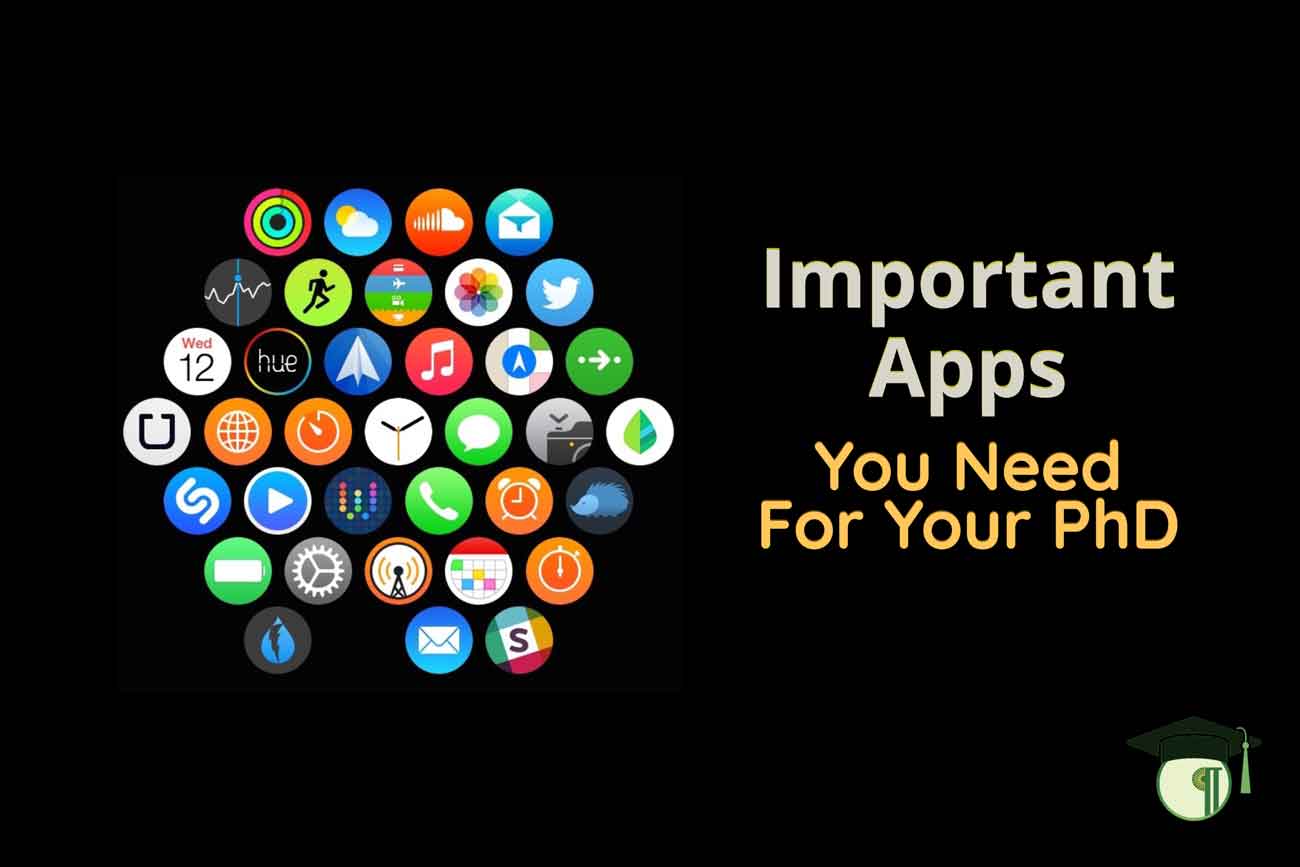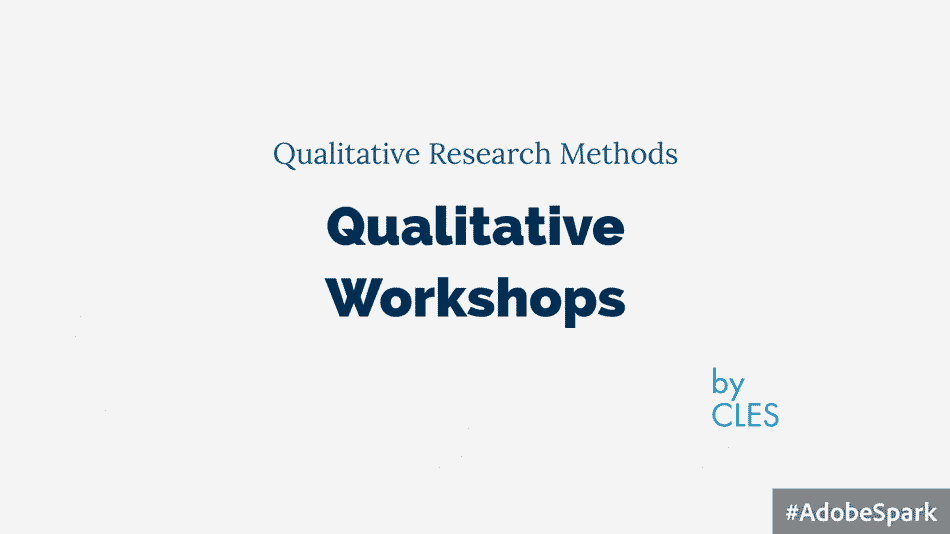Visual Techniques

Contents
What is the visual technique?
Visual techniques in social research offer an interesting, stimulating and interactive approach to gathering information. They are appropriate in a variety of situations, as they fulfil numerous functions. Visual methods such as drawing, painting, video, photography and hypermedia offer increasingly accessible and popular resources for research.
Types of visual research that you might want to consider:
Cartoon test – presented with a picture of a cartoon depicting a specific situation, the consultees are then asked what they think the character would do, say or think in response to another character.
Completion technique – using the cartoon test above, the character is shown thinking or saying something but the sentence is left uncompleted. Participants are given the opportunity to make suggestions to complete the sentence.
Collage/concept boards – uses a range of images that can be used to represent or describe the subject for discussion (e.g. services, project, issues etc). In this way, the participants can identify the subject with a range of feelings and moods. There are two ways to approach this technique; either the participants respond to prepared boards or they construct their own collage or concept boards.
Ideas board – this board invites participants to jot down their ideas on post-it notes and add them to the board which is grouped by theme.
Mind mapping – visually representing information in an interesting format without the limits or formality of standard written text. The open flowing format appears to support the natural thinking process, which is thought to go on randomly and in a nonlinear way.
Money well – an interesting way of asking participants to prioritise future actions or developments. Participants are given a certain amount of fake money, which they can place on the options displayed.
Graffiti or ideas wall – a strip of paper is hung on the wall accompanied by shapes, such as speech bubbles. The participants are able to write comments about a research topic or discussion statement.
Photographic research – consultees are either provided with a series of photographs by the researchers or given a disposable camera or mobile phone and asked to take their own. Depending on the nature of the research project, these photos might include depictions of the local physical environment and/or reflect how consultees view their community, including what they like and dislike about it. The use of photographs in research can be used to evoke feelings or trigger memories that lead to perspectives and explanations that would not have been unlocked using a more conventional research technique.
Film and video – video cameras are particularly well suited as data gathering technologies for ethnography, participant observation, oral history, life history, etc, preserving things that are not preserved in even the best researchers’ field notes. Similarly, tape recordings preserve audible data not available in even the most carefully annotated transcripts.
When should it be used?
Deciding to conduct visual research will be dependant upon the type and scale of the research that you are undertaking. It may be appropriate to conduct this type of work at the start of the research process as a way of highlighting issues to be examined further during the course of the process, or it may be something that is developed as part of a blend of evaluation methodologies. Visual techniques can be used in many settings, as an alternative to more traditional methods and may be particularly useful as:
- A method for effectively engaging hard to reach groups within areas (e.g. young people). Pictures and photographs can help evoke opinions and allow the use of imagination in expanding on a scene.
- Offering an alternative to traditional discussion groups, yet still being able to draw out the rich variety of qualitative information from participants.
- For use within workshops, providing a task based activity to get members of a group working and thinking together.
- A method of producing tangible outcomes at the end of the research process (e.g. series of community generated impacts illustrating how local people view the local area).
What do I need to consider?
- Consider who should be involved in this type of visual research and that the technique is appropriate for the type of audience you are seeking ideas and opinions from.
- Ensure that research is conducted in a neutral venue where people will feel comfortable and able to share their opinion freely.
- Think about how the visual research will link into the rest of the methodology and how you will use it to inform the evaluation process.
- If generating photographic or film media as part of the research, those people photographed and filmed need to give their consent for their images to be used for the purposes of research.
How should it be analysed?
The interesting thing about data produced through visual research is that you produce visual data, which can be used to illustrate your research and provide a very immediate and real way of demonstrating how a project or programme has impacted upon local people and communities.
For a more detailed analysis of visual materials, QSR NVivo and Xsight are qualitative research software programs that help to manage, shape and make sense of unstructured information produced by visual techniques. These programmes have purpose built tools for classifying, sorting and arranging information and the software allows you to analyse visual data and discover patterns, identify themes, glean insight and develop meaningful conclusions. Transana is an alternative, inexpensive and open source software package for professional researchers who want to analyse digital video or audio data.
The table with ID 10 not exists.Further Reading
Building Capacity in Visual Methods, University of Leeds – Offer a range of courses from an Introduction to Visual Methods, to a Masterclass in Visual Methods.
Choosing a CAQDAS Package – A working paper by Ann Lewins & Christina Silver
QSR International link 1 link 2 have tutorial videos online which allow you to explore the functionality of the programs.
Transana, http://www.transana.org/ – lets you analyse and manage visual data in very sophisticated ways. Transcribe it, identify analytically interesting clips, assign keywords to clips, arrange and rearrange clips, create complex collections of interrelated clips, explore relationships between applied keywords, and share your analysis with colleagues. Can be downloaded for $50.
Visualising Ethnography, Loughborough University – Useful website providing a series of short introductions to the use of different visual methods and media.






I am impressed with this website, rattling I am a big fan....
Hello I have a question, i see a lot of products in this sto...
Very much appreciated and thank you for your positivity...
Thanks , I've recently been searching for info about this to...
Hi, all is going fine here and ofcourse every one is sharing...